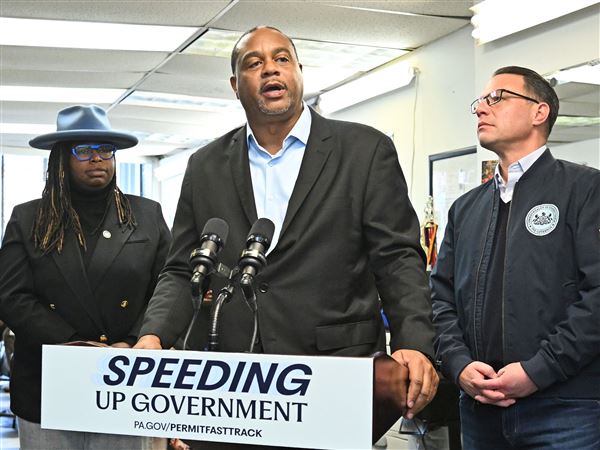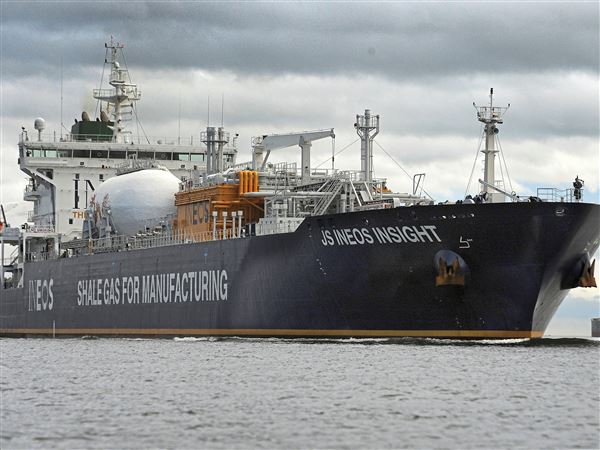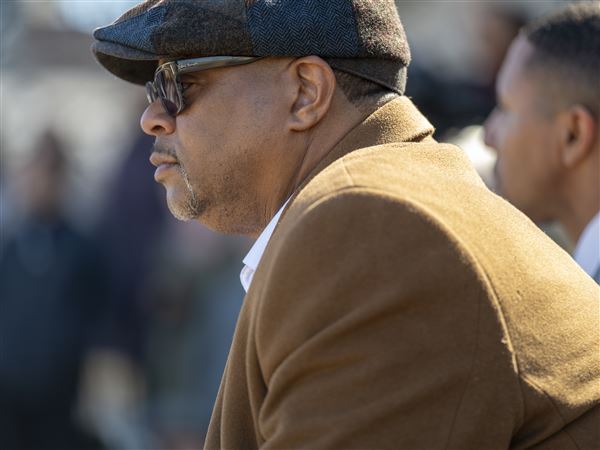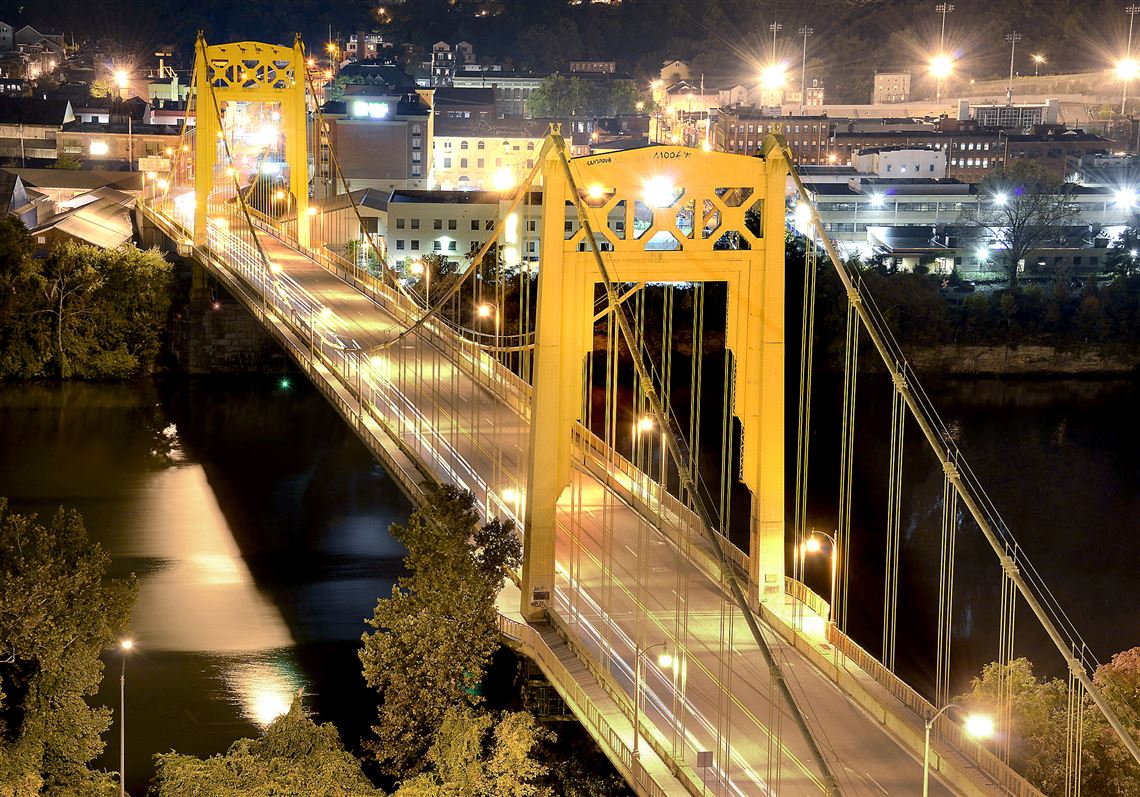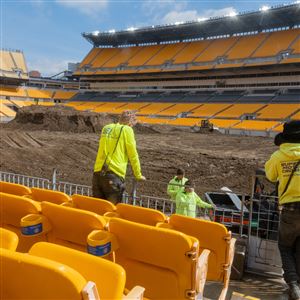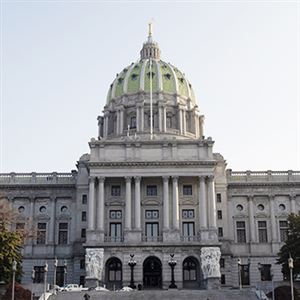Two construction seasons of traffic disruption begin June 19 on the Philip Murray Bridge between South 10th Street on the South Side and Second Avenue on the Bluff side of the Monongahela River.
The $20 million Allegheny County project will include replacing the bridge deck, painting, structural steel repairs, wrapping the suspension cables and installing a dehumidification system to protect the cables. For this year, the 17,500 vehicles a day that use the four-lane bridge will have only one lane in each direction, and the inbound, upriver sidewalk will be closed.
With the project comes a complicated series of traffic restrictions:
• Inbound trucks and buses on Second Avenue can’t turn left onto the bridge and must turn right into the Armstrong Tunnels.
• Inbound truck and buses on the bridge will not be able to turn right onto Second Avenue and must stay straight. into the tunnels.
• Outbound vehicles using the tunnel in the left lane must turn left onto Second Avenue, while those in the right lane can go straight across the bridge or turn right onto Second Avenue.
The contractor for the project is American Bridge Co. of Coraopolis, which built the original bridge in 1933. The 1,275-foot span is the only conventional suspension bridge in Pennsylvania, similar to the Chesapeake Bay Bridge in Maryland.
Michael Dillon, the county’s deputy director of public works, said the dehumidification system is an unusual aspect of the project. The $2 million system is designed to keep the humidity level around the 2,500 miles of encased cable at 35 percent or lower to protect the cables from corrosion.
The bridge, which was renamed in 2007 from the 10th Street Bridge to honor the first president of the United Steelworkers of America, features two 13-inch cables that are made up of 19 strands of galvanized wire squeezed into almost solid metal. The cables are suspended from a pair of 116-foot towers and anchored in two concrete vaults.
“[The cables] are in good shape now,” Mr. Dillon said. “The hope is blowing air around them and keeping the humidity down will help extend the life of the cables.”
The plan is for this year’s work to be finished in October, when the truck restrictions will be eliminated but lane restrictions will remain. Next year, the project will shift to the other side of the bridge.
When the project is finished in 2018, the bridge will be reduced to one lane in each direction in the middle of the span, with two outbound lanes near the South Side end of the bridge and two inbound lanes near Second Avenue.
“The deck is only 40 feet wide with 10-foot lanes, so we will have three 10-foot lanes and a 5-foot shoulder when we’re done,” Mr. Dillon said.
This is considered the second stage of the bridge’s rehabilitation following $4.5 million of work in 2014 to replace the sidewalks and install new lights. The last major rehabilitation was done in 1994.
Ed Blazina: eblazina@post-gazette.com or 412-263-1470.
First Published: June 12, 2017, 4:48 a.m.
